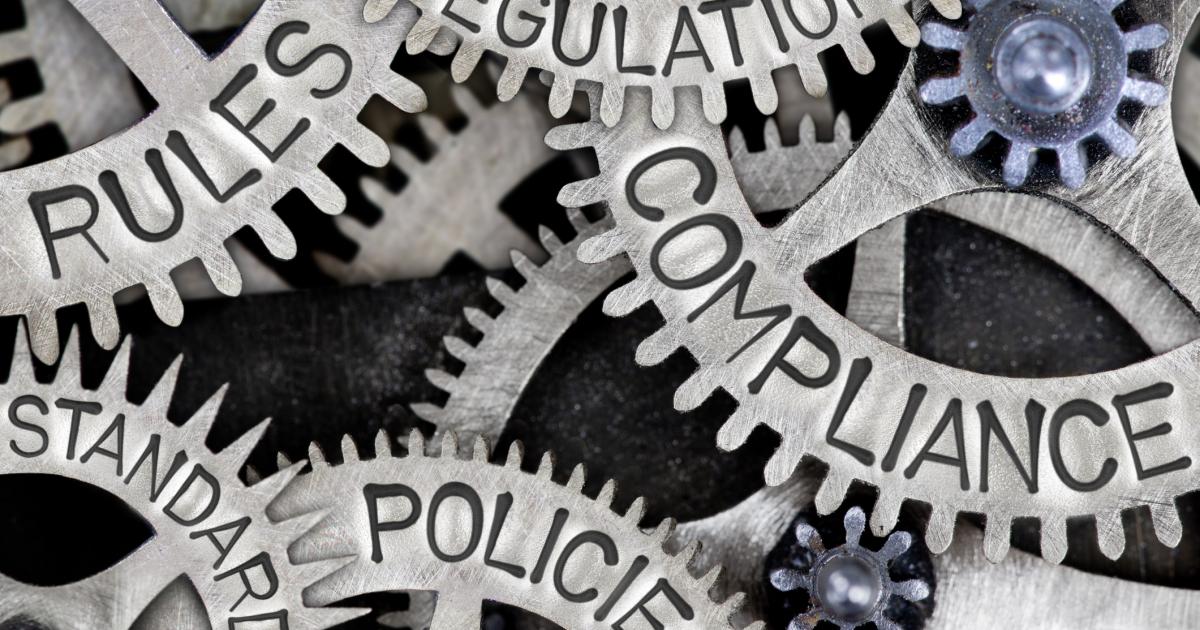The surge in US credit card debt during the period of July to September this year has become a concerning trend, marking the eighth consecutive quarter of year-over-year increases, as per economists at the New York Federal Reserve bank. In this comprehensive analysis, we delve into the key factors driving this surge and its broader implications on the economy.
Unprecedented Growth in Credit Card Balances
In the span of just three months, credit card balances witnessed a staggering increase of $48 billion, reflecting a 4.7% surge. On an annual basis, the surge amounted to $154 billion, representing the highest increase recorded since 1999. This propelled the total outstanding credit card debt to an unprecedented high of $1.08 trillion.
Factors Fuelling the Surge
The surge in credit card balances is intricately linked to robust nominal spending and real GDP growth observed during the same period. However, despite this economic buoyancy, credit card delinquencies have been on the rise, reaching 9.5% for balances more than 90 days delinquent, up from 8% in the second quarter.
Beyond Credit Cards: A Holistic View of Household Debt
While credit cards play a significant role in the debt landscape, other forms of debt have also witnessed substantial growth. Mortgage balances surged to $12.14 trillion, and both student loan and auto loan balances rose to $1.6 trillion each. This diversification of debt sources contributes to a complex financial landscape for households.

The Growing Burden of Total Household Debt
During the reporting period, total household debt witnessed a substantial increase of $228 billion, primarily fueled by credit cards and and sudent loans. This surge brought the total household debt to a staggering $17.29 trillion, highlighting the challenges faced by households in managing their financial obligations.
Analyzing the Root Causes
Researchers at the New York Fed point out that the spike in credit card delinquencies is unexpected, considering the overall stability of the US economy and labor market. The transition rate into delinquency remains below pre-pandemic levels for mortgages, the largest component of household debt. However, auto loan and credit card delinquencies have surpassed pre-pandemic levels and are on a continued upward trajectory.
Potential Causes of the Delinquency Spike
While changes in lending standards could be contributing to the trend, researchers suggest that it might also signify underlying financial stress among households. The persistently high inflation and rising interest rates may be creating challenges for individuals in managing their debt effectively.
Implications for US Consumers
As the trend of increasing household debt and delinquencies persists, there are growing concerns about the financial well-being of US consumers. Analysts warn that tough times may lie ahead for consumers, emphasizing the need for a proactive approach in addressing these challenges.
In conclusion, the mounting challenge of household debt in the US requires a nuanced understanding of the contributing factors and there potential impact on the broader economy. As households grapple with the complexities of managing various forms of debt, policymakers and financial institutions face the imperative to address these challenges to ensure the overall economic resilience of the nation.
I'm reaching out to ask for help in raising funds to purchase a modest, dependable used car. Having a vehicle would not only restore my independence but also allow me to engage more actively in my community and maintain essential aspects of daily living.
Help Chris Regain Independence with a Reliable Vehicle at GoGetFunding


